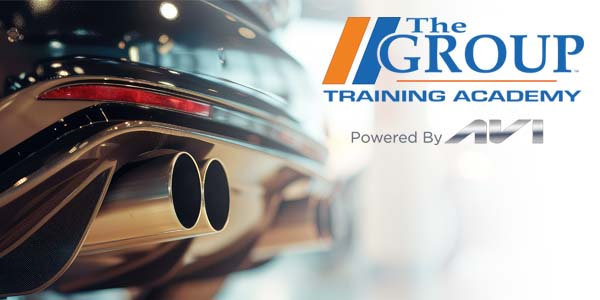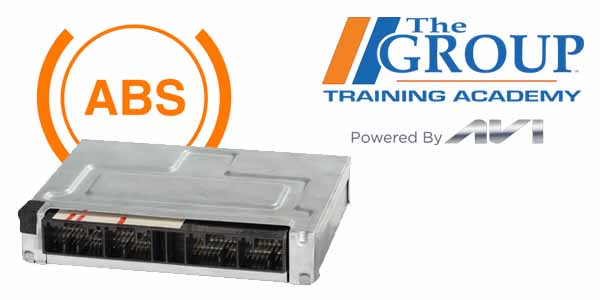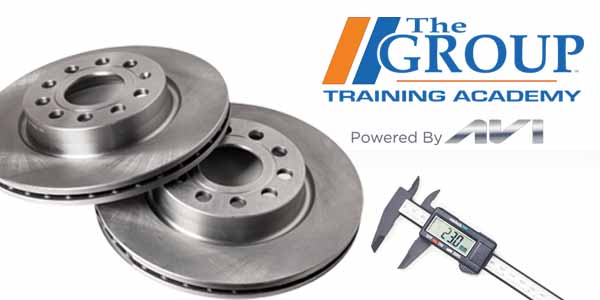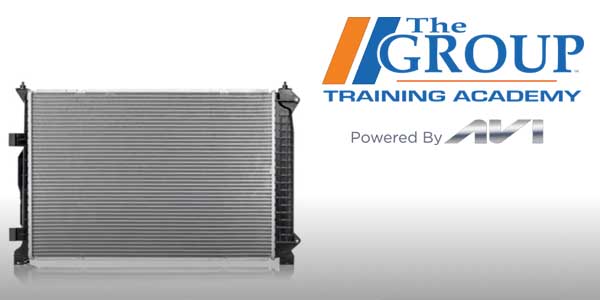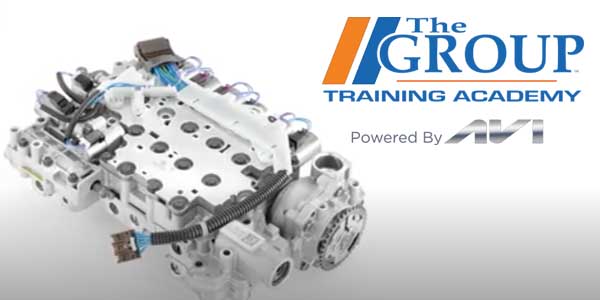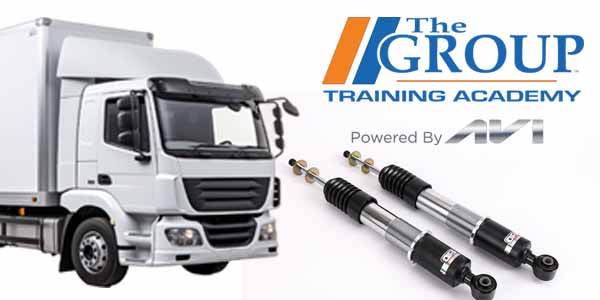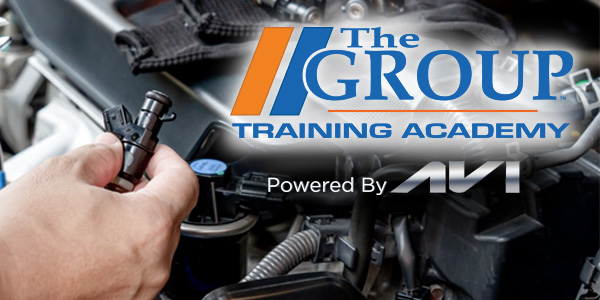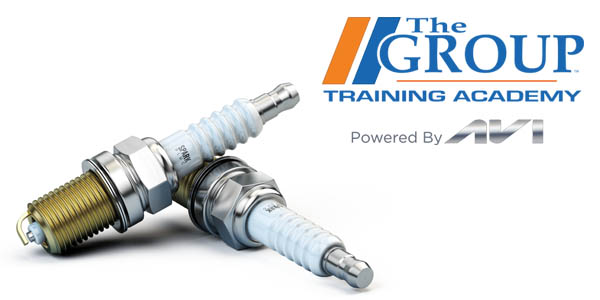Squealing tires. Crunching metal. Breaking glass. Sounds that announce a vehicle collision.
The sounds remain the same, but the collision repair orchestra includes a broader range of instruments than ever before. What yesterday might have been repaired with a body panel, frame straightening and some paint, today often requires a complex assortment of sensors, actuators and components that also may need to be replaced to ensure a successful return to service.
Today’s collision repair parts don’t just have to fit, they have to function correctly with electronic vehicle safety systems. Precision manufacturing, validation and on-vehicle testing make Standard the right choice when you want to correctly restore the performance of a vehicle’s electronic safety systems.
Standard’s new Collision Repair Program includes more than 8,000 of the hard-to-find, yet easily damaged parts that collision shops and repair facilities are looking for, including more than 750 ADAS components.
The quality and performance of the part matters, which is why Standard tests each part to make sure it integrates correctly with safety systems, and functions in all conditions.
Many of today’s critical components are particularly vulnerable during a front-end collision.
Active grille shutters offer the latest technology to improve fuel economy, but they are the first point of contact in a front-end collision and are damaged easily. Charge-air coolers are mounted in the front of the vehicle, while ambient air temp sensors are mounted inside or near the front bumper.
Most lighting components are located in or near the headlamp assembly where they can be easily damaged. HID modules are prone to damage due to sensitive internal circuitry, and headlight-level mechanisms often include actuator arms that are easily bent or damaged. Located to maximize visibility, center high-mount stoplight assemblies are unprotected, with lenses and interior components that often break on impact.
Headlight sensors, ballasts and wiring harnesses are engineered to meet OE specifications and to comply with Federal Motor Vehicle Safety Standards.
Door lock actuators, trunk latches/actuators and liftgate actuators as well as hood latches and actuators can easily be impacted by front, side or rear end collisions. Standard offers a line of Integrated Door Lock Actuators that are all direct OE replacements to ensure proper fit, form and vehicle-specific function.
Driver-operated combination switches and airbag clock springs are all vulnerable in a collision. Standard offers a complete line of top-quality switches along with the supporting sensors.
Critical sensors like these and many others are often among failed parts. TPMS, ABS sensors, wheel-speed sensors and ride-height sensors are a highly sensitive steering, braking and suspension system components with fragile linkages that can also be easily damaged in a collision. Park-assist sensor connectors are easily damaged in accidents, even minor ones. They are also prone to failure from salt and corrosion.
Whenever a sensor is damaged in a collision, it is recommended that the connector also be replaced. Standard offers more than 450 different Sensor Connectors to help get vehicles back on the road.
Remind your collision repair customers that before replacing any ADAS Component, always refer to specific service information for the procedures required for that component. And before installing any replacement part after a collision, make certain that the mounting surface is true to the original location.
To ensure a harmonious collision repair, Standard offers a wide range of award-winning in-person, live virtual and online learning modules to educate technicians. For more information visit StandardBrand.com.
Thanks for watching.
This video is sponsored by The Group Training Academy.

